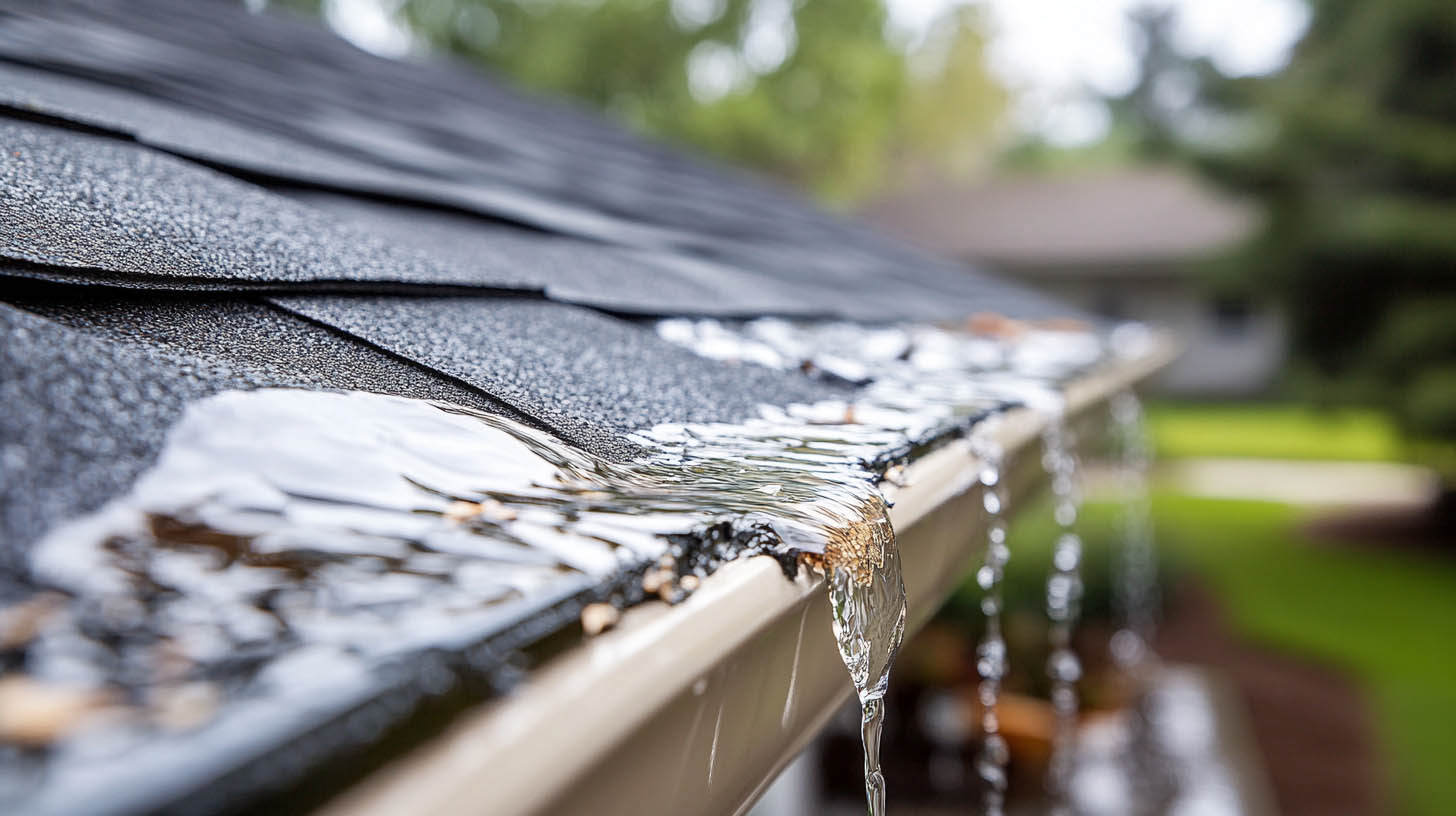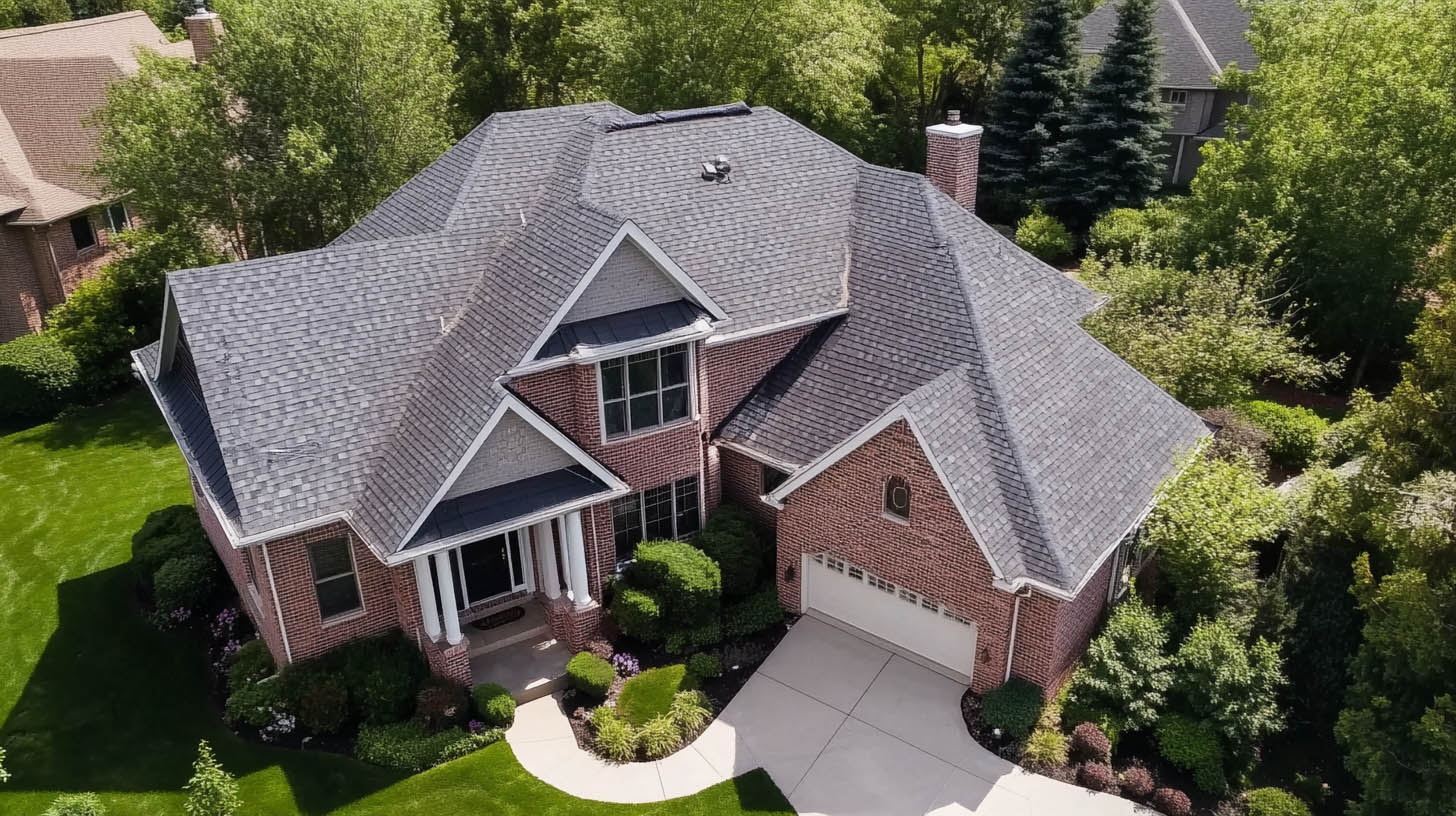
How to Spot and Track Down a Roof Leak
Nothing can disrupt your day quite like discovering water stains on your ceiling or damp spots on your walls. These subtle signals often point to one of the most frustrating and elusive household issues—a roof leak. Left untreated, even the smallest leak can lead to major structural damage, mold growth, and costly repairs. Understanding how to identify and trace the source of a roof leak is essential for protecting your home and your investment.
At DT Roofing, we believe proactive roof maintenance begins with awareness. Homeowners in Granbury, TX are no strangers to unpredictable weather that can accelerate roof wear and tear. Whether it’s storm damage, aged shingles, or flashing failures, identifying the root cause quickly can mean the difference between a minor patch and a major renovation.
Common Warning Signs of a Roof Leak
Interior Indicators to Watch For
The first step in spotting a leak is noticing the signs inside your home. Some of the most common red flags include:
- Water stains on ceilings or walls
- Peeling or bubbling paint
- Musty or mildew-like odors
- Sagging drywall or ceiling tiles
- Visible drips or moisture during storms
While these clues may seem straightforward, keep in mind that water often travels far from the point of entry before becoming noticeable indoors. This is why simply fixing the visible damage isn’t enough—you have to track the leak back to its origin.
Inspecting the Attic
Your attic is a valuable ally in tracking down leaks. When it’s safe, head up to the attic and examine the roof decking and insulation. Look for:
- Dark stains or trails on wood framing
- Wet insulation or damp rafters
- Sunlight peeking through roof boards
Pay special attention to penetrations like chimneys, skylights, and plumbing vents. These are frequent culprits due to deteriorated flashing or sealant.
Exterior Roof Inspection Tips
Shingle Condition and Flashing
Once you have a general sense of where the leak might be, inspect the exterior of your roof—preferably on a dry day. Check for:
- Missing, lifted, or cracked shingles
- Exposed roofing nails or underlayment
- Damaged or corroded flashing around vents and chimneys
- Signs of sagging or pooling water
Don’t overlook the flashing—this thin material is designed to seal transitions on the roof and is often one of the first things to fail due to age or improper installation.
Valleys and Roof Features
Valleys, where two roof slopes meet, are another common problem area. Because they channel large volumes of water during storms, they require extra attention. Ensure the shingles in these areas are intact and that there are no gaps or buildup of debris. Improperly installed valley flashing or deteriorated waterproof barriers beneath the shingles can easily cause leaks.
Advanced Leak Detection Techniques
Conducting a Water Test
If you can’t locate the leak through visual inspection, a controlled water test may be your next best option. Here’s how to do it:
- Grab a garden hose and a partner to assist inside.
- Start by wetting small sections of the roof at a time.
- Have your assistant watch from the attic or ceiling for any signs of incoming water.
- Continue moving section by section until the leak appears.
This method takes time but can help pinpoint the leak’s exact entry point more accurately than guessing.
Professional Tools and Tech
If the DIY route doesn’t yield results, roofing professionals have access to more advanced tools like:
- Infrared cameras – Detect hidden moisture behind walls and ceilings.
- Moisture meters – Measure water levels in various materials.
- Drones – Provide a close-up view of roof conditions without climbing.
These methods are non-invasive and much more precise, making them ideal for complex or persistent leaks.
Repairing the Damage
DIY Repairs vs. Professional Help
Depending on the cause and severity of the leak, you may be able to handle the repair yourself. Minor issues like replacing a few shingles or sealing a crack around a vent may be within the reach of handy homeowners. However, more extensive damage—especially involving structural components, flashing, or widespread water infiltration—should be addressed by a licensed roofing contractor.
Attempting major repairs without proper tools or knowledge can lead to more problems, including voided warranties or compromised roof performance.
Long-Term Prevention Tips
To reduce your risk of future leaks:
- Clean your gutters regularly to prevent water backups.
- Trim overhanging tree limbs to prevent damage from falling branches.
- Inspect your roof after every major storm.
- Schedule annual professional inspections.
Additionally, consider upgrading your roof with modern materials. Many trusted brands like Owens Corning offer high-performance shingles designed to resist algae, wind, and water infiltration, adding both beauty and durability to your roof.
When to Call the Pros
Roof leaks can be deceiving—what seems like a simple fix could be a symptom of a larger issue. If you’re unsure about the source, severity, or repair process, don’t hesitate to call in the experts.
At DT Roofing, we proudly serve Granbury, TX with professional leak detection, emergency repairs, and comprehensive roofing solutions. Our experienced team is equipped to handle everything from minor leaks to full-scale roof replacements, ensuring your home stays protected year-round.
Don’t wait until a small drip becomes a major disaster. Regular inspections, prompt repairs, and professional help when needed will save you money, time, and stress in the long run. If you suspect a roof leak, take action today—and let trusted professionals ensure the job gets done right.











